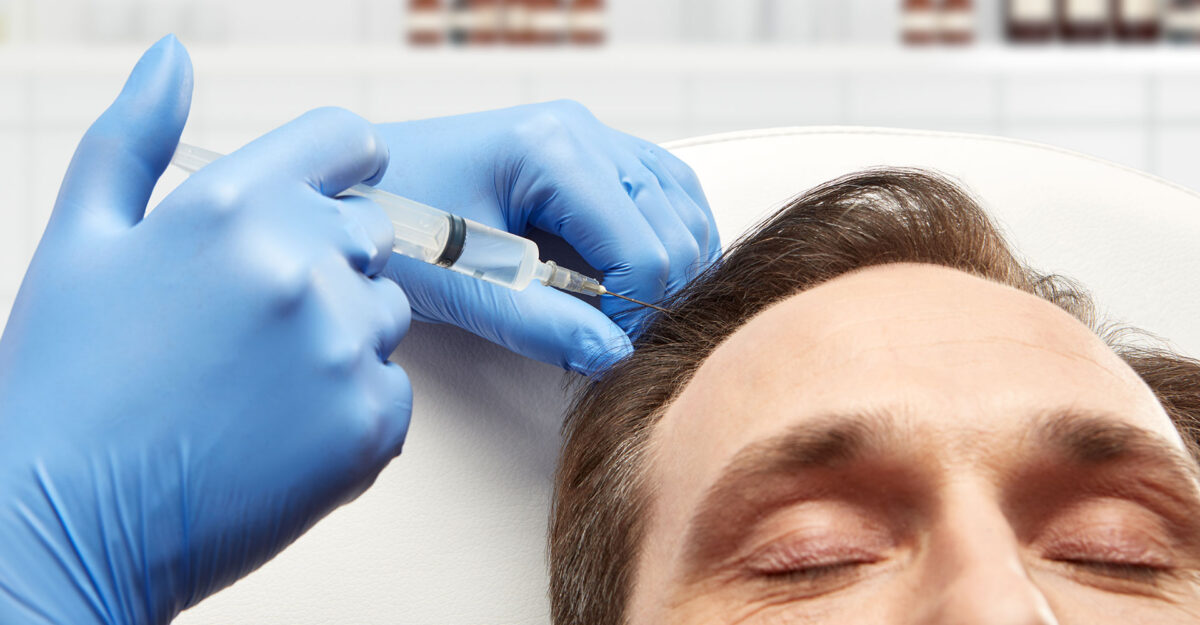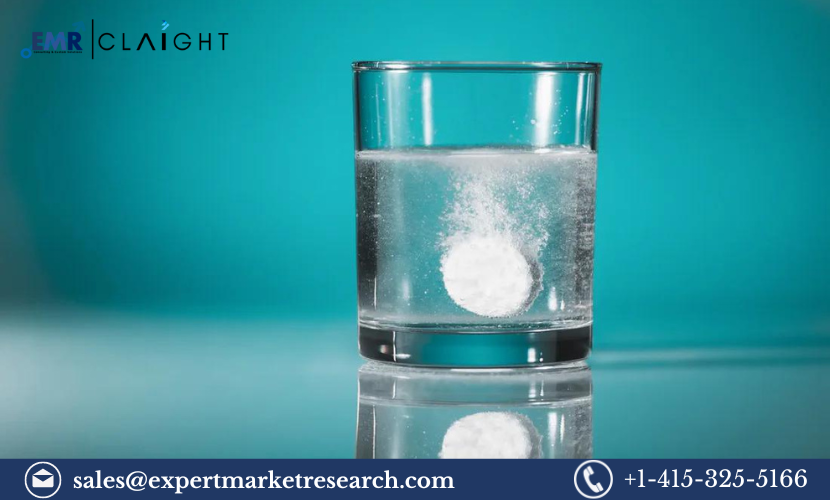The eardrum, or tympanic membrane, plays a crucial role in hearing by transmitting sound vibrations to the inner ear. Unfortunately, it can be damaged by a variety of causes, including infections, trauma, or loud noises. When the eardrum is damaged, it can lead to pain, hearing loss, and increased risk of infection. While surgery is sometimes necessary for repairing a torn or perforated eardrum, there are several non-surgical methods that may help the ear heal naturally or improve its function. In this blog, we will explore the various ways to repair an eardrum without surgery.
What Causes Eardrum Damage?
Before exploring repair methods, it’s essential to understand what causes eardrum damage. Common causes of eardrum perforation include:
- Infections: Middle ear infections (otitis media) can cause fluid buildup and pressure, leading to a ruptured eardrum.
- Trauma: A sudden blow to the ear, inserting objects like cotton swabs, or exposure to loud noises can damage the eardrum.
- Barotrauma: A change in pressure, such as during air travel or diving, can also result in eardrum rupture.
- Chemical Exposure: Harsh chemicals or foreign substances can irritate and damage the eardrum.
Can the Eardrum Heal on Its Own?
In many cases, the eardrum can heal naturally without the need for surgery. A small tear or perforation in the eardrum may close up by itself within a few weeks, depending on the severity of the damage and the individual’s health. The healing process depends on factors such as:
- Size of the perforation: Smaller tears or holes in the eardrum are more likely to heal without surgical intervention.
- Location of the damage: Damage in the central part of the eardrum tends to heal more quickly than damage to the edges.
- Overall health: A healthy immune system and absence of infections can aid in faster recovery.
While small eardrum tears can repair naturally, it’s important to monitor the condition and avoid activities that could further harm the eardrum or lead to infections.
Non-Surgical Methods to Support Eardrum Healing:
If you have a perforated or damaged eardrum, here are some non-surgical approaches that may help promote healing:
1. Keep the Ear Dry:
One of the most important steps in promoting healing is to keep the ear dry. Water and moisture can introduce bacteria, leading to infection and further damage to the eardrum. Here’s how you can keep your ear dry:
- Avoid swimming or submerging the ear in water.
- Use earplugs or a cotton ball wrapped in petroleum jelly to protect the ear while showering or bathing.
- Be cautious while cleaning your ears. Never insert anything into the ear canal, as this can exacerbate the damage.
2. Antibiotics or Antifungal Medications:
If the eardrum has been damaged due to an infection, your doctor may recommend antibiotics to treat the infection and reduce inflammation. For fungal infections, antifungal ear drops may be prescribed to prevent further damage and promote healing. It’s important to follow your doctor’s instructions and complete the full course of medication.
3. Steroid Treatment:
In some cases, doctors may recommend corticosteroid ear drops to reduce inflammation and support healing. These can help alleviate pain, swelling, and fluid buildup in the middle ear, which may encourage the eardrum to heal more effectively.
4. Eardrum Patching:
For some individuals with a larger perforation that may not heal on its own, an eardrum patch may be an option. This method involves the application of a patch to the damaged area of the eardrum. The patch encourages the tissue to close the hole without the need for invasive surgery. The procedure is simple and usually performed in a doctor’s office.
5. Avoid Loud Noises:
Loud noises can worsen the damage to a perforated eardrum and slow down the healing process. It’s essential to avoid exposure to loud sounds, such as music, construction work, or noisy environments. Using ear protection, such as noise-canceling headphones, can help protect the ears while the eardrum is healing.
6. Medicated Drops and Pain Management:
For pain management, over-the-counter medications such as ibuprofen or acetaminophen can help reduce discomfort. In some cases, ear drops that contain a mild analgesic may also help alleviate pain and promote healing. Be sure to consult a healthcare professional before using any drops, as some products may not be suitable for a perforated eardrum.
When to Seek Medical Help:
While many cases of eardrum damage heal on their own, it’s important to consult a healthcare professional if:
- Pain persists or worsens despite over-the-counter medications.
- You notice discharge from the ear that could indicate an infection.
- There is hearing loss that doesn’t improve with time.
- The ear is constantly ringing (tinnitus) or feels clogged.
- The hole in the eardrum is large and doesn’t close on its own.
In these cases, your doctor may recommend more advanced treatments or a surgical procedure to repair the eardrum.
Conclusion:
Repairing an eardrum without surgery is often possible, especially if the tear is small and the damage is minimal. By keeping the ear dry, using prescribed medications, and avoiding harmful activities, you can support your eardrum’s natural healing process. For larger or more persistent perforations, non-surgical options like eardrum patches may be an effective solution. However, if the damage doesn’t heal on its own or symptoms worsen, medical intervention may be necessary to avoid further complications and restore normal hearing. Always consult a healthcare provider for the best approach based on your individual condition.
For more information visit Dynamic Clinic PK




